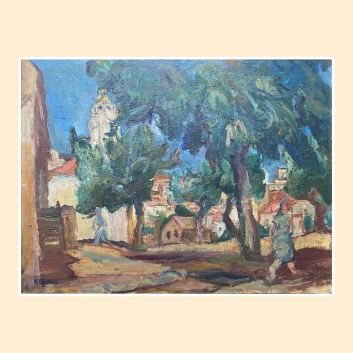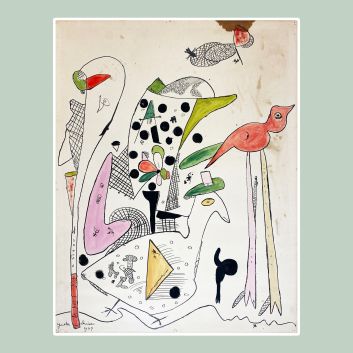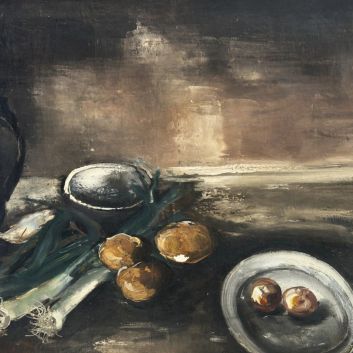Rating and value of paintings by Maurice de Vlaminck
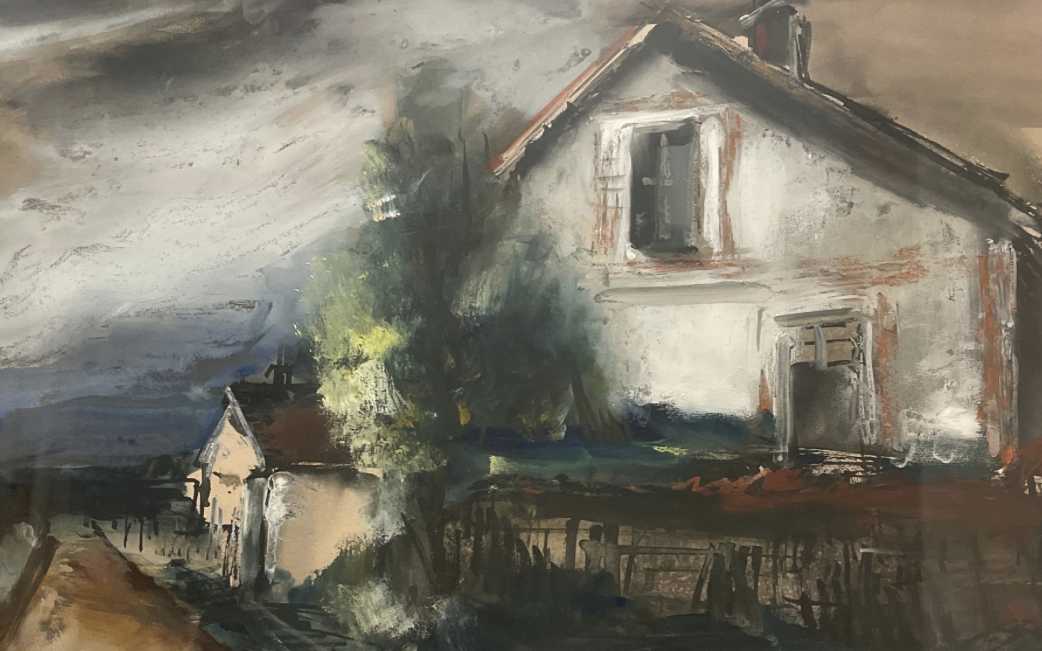
If you own a work by or about Maurice de Vlaminck and would like to know its value, our state-approved experts and auctioneers will be happy to offer you their expert appraisal services.
Our specialists will carry out a free appraisal of your work, and provide you with a precise estimate of its current market value.
Then, if you want to sell your work, we'll point you in the right direction to get the best possible price for it.
Rating and value of the artist Maurice de Vlaminck
Considered one of the pioneers of Fauvism and Cubism, Maurice de Vlaminck quickly made his mark on twentieth-century art. This legacy is made up of various creations: engravings, drawings, but above all oils on canvas.
Today, the prices of his works are rising enormously under the auctioneers' gavels.
His creations are particularly sought-after, and the prices at which they sell on the art market range from €5 to €13,488,000 - a considerable difference, but one that speaks volumes about the value that can be attributed to Vlaminck's works.
In 2011, a Fauvist painting entitled Paysage de banlieue, dating from 1905, sold for €13,488,000 against an estimate of €12,139,200 to €16,860,000.
Order of value from a simple work to the most prestigious
Technique used | Results |
|---|---|
Print - multiple | From €5 to €7,670 |
Drawing - watercolor | From €50 to €209,770 |
Oil on canvas | From €370 to €13,488,000 |
Response in less than 24h
Style and technique of the artist Maurice de Vlaminck
Vlaminck is a major representative of the Fauvist movement, born at the very beginning of the 20th century thanks to Louis de Vauxcelles and the Salle VII scandal.
His style, marked by a bold palette and pure colors applied in broad strokes, overturned the pictorial conventions of the time. Like his contemporaries, he freed himself from the rigors of drawing, preferring to convey emotion through color.
In addition to his Fauvist works, he also produced still lifes, nudes and landscape paintings, sometimes moving away from Fauvism to experiment with Cubism or Expressionism.
In his landscapes, particularly those of the French countryside, Vlaminck expressed his attachment to nature with darker compositions and sharp contrasts, evoking a certain disenchantment with the growing industrialization.
Although he has explored several artistic currents, he has always remained faithful to a vigorous technique, with thick paste and an instinctive, almost wild, approach to the pictorial gesture.
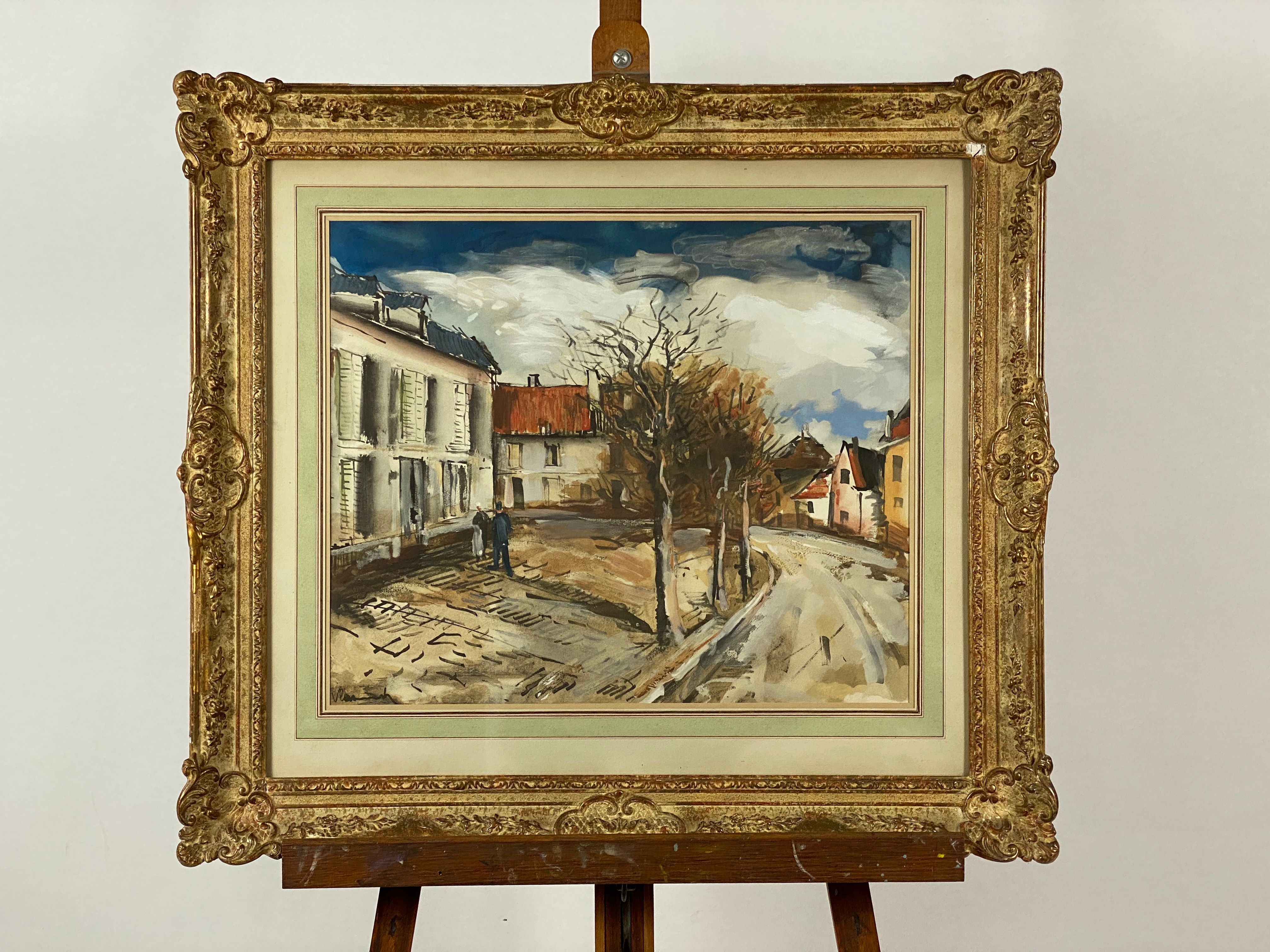
Maurice de Vlaminck: the orgy of pure tones
Maurice de Vlaminck, pseudonym of Maurice Edmond Devlaeminck (1876-1958), a French artist, has become a key figure in the art world of the 20th century.
Born in Paris, where he lived for the rest of his life, he distinguished himself with vibrant, daring painting that broke with academic traditions - with André Derain, Henri Manguin and Louis Valtat.
Although best known for his landscapes, Vlaminck also excelled in nudes, capturing the sensuality of the human form with the same chromatic intensity. He was briefly interested in ceramics, but this facet of his work remains little known to the general public.
In addition to his artistic activity, he made a name for himself as a writer, publishing theoretical essays on art in which he set out his radical and often critical vision of society and the art world.
Vlaminck owes part of his initial fame to his sister's husband, an influential journalist in the Parisian circle, who helped him to make a name for himself. However, it was his early training with a neighboring painter that shaped his love of painting from an early age.
Alongside his artistic career, he pursued other passions such as music and cycling, disciplines in which he excelled before devoting himself fully to painting.
His marriage to Suzanne de Verly marked the start of his professional career, although his first financial successes were slow in coming.
It was his friendship with André Derain that truly catalyzed his artistic development. Their mutual influence can be seen in their works, marked by the strength of their colors and the freedom of their lines.
In 1914, Vlaminck took part in the first Salon des Indépendants in Paris, where he exhibited alongside other Fauves such as Matisse and Derain.
Together, they took part in what Louis Vauxcelles described as the"cage aux fauves", a veritable "orgy of pure tones" that turned the art scene of the time upside down.
His work attracted the attention of major art dealers such as Ambroise Vollard and Daniel-Henry Kahnweiler, opening the doors to international galleries.
However, his career came to a halt during the First World War, when, although he was not sent to the front, he was assigned to a factory as the father of three daughters.
After the war, he continued to paint until the Second World War, despite the interruptions caused by the conflict.
During the Occupation, he became actively involved in Resistance circles, taking a stand against controversial figures such as Louis-Ferdinand Céline, with whom he broke off for good.
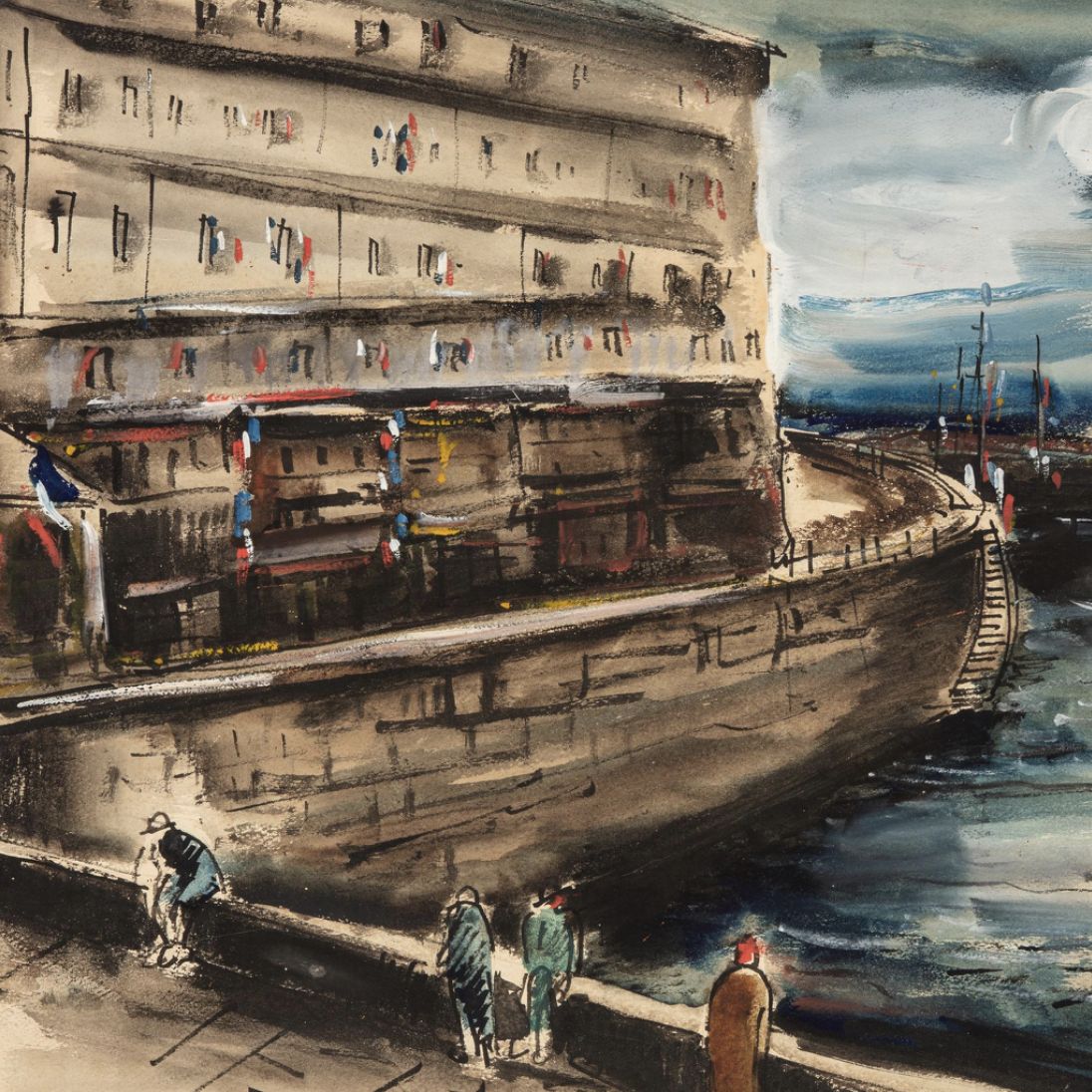
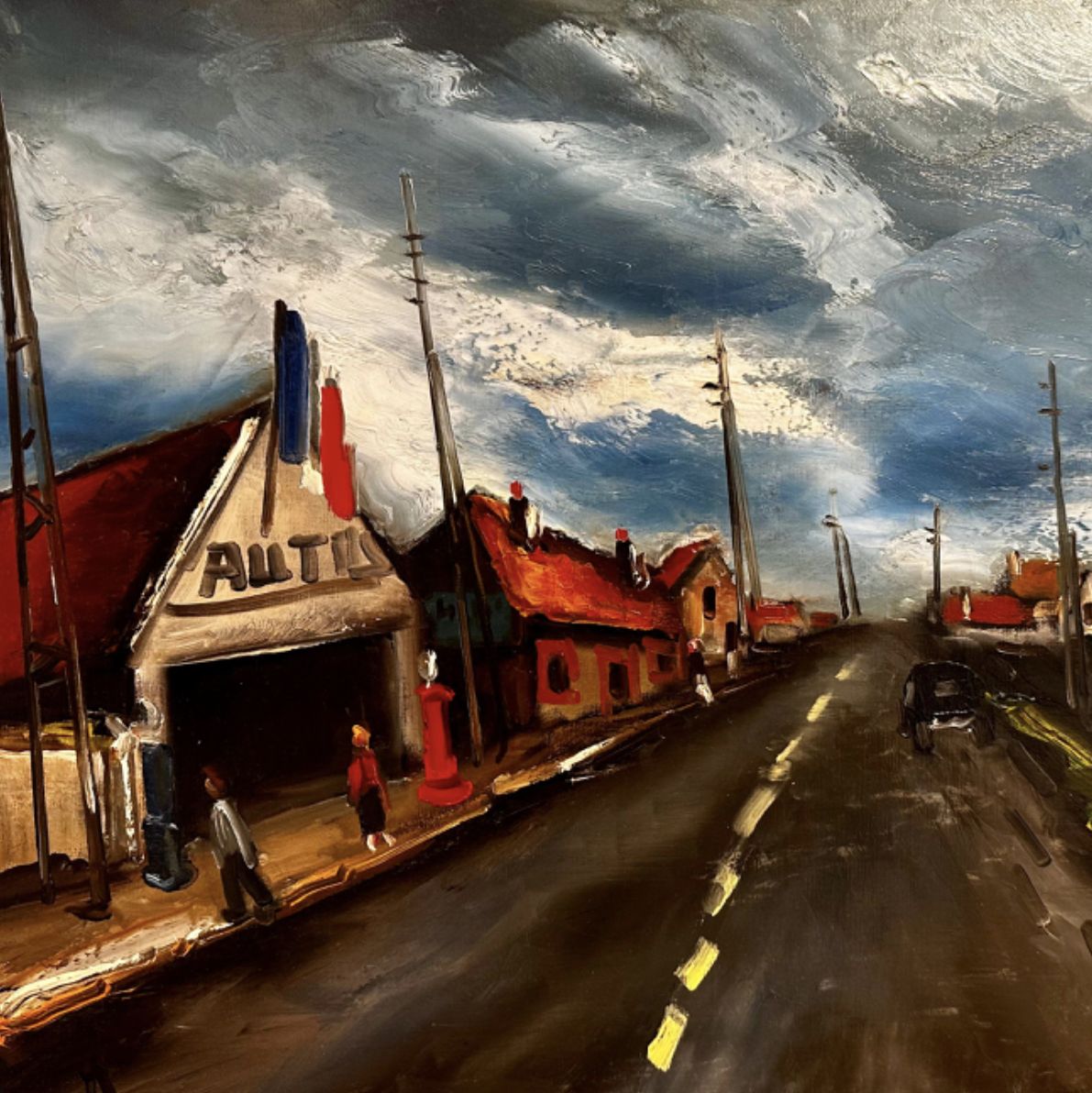
Analysis of Portrait of Derain by Maurice de Vlaminck
Maurice de Vlaminck's "Portrait de Derain" is an emblematic work of the Fauvist movement, marked by an exuberance of color and a simplification of form that pushes back the limits of realistic representation.
This portrait of his friend and fellow artist André Derain perfectly illustrates the revolutionary spirit that animated the Fauves at the beginning of the 20th century, as they sought to free color from its naturalistic constraints and use it as a powerful emotional vector.
At first glance, the viewer is struck by the bold use of bright, contrasting tones.
Derain's face is treated with a range of intense reds, contrasting violently with the touches of green and blue that surround his eyes, creating an almost aggressive visual energy.
True to the Fauve spirit, Vlaminck does not seek to faithfully reproduce his model's skin tone, but to express Derain's inner strength through these saturated colors.
The bright yellow background, dotted with small dark spots, further enhances this contrasting effect, while adding a luminosity that floods the picture.
Vlaminck's treatment of paint is equally characteristic of his style at this time. The brushstrokes are broad, thick and visible, giving the painting a raw texture and immediacy that echo the vigor of the painterly gesture.
There's a certain violence in the way Vlaminck applies paint, a spontaneity that shines through in the speed and energy of the gesture.
This instinctive approach is reminiscent of one of the Fauves' mottos: to paint "straight from the tube", i.e. with undiluted paint and straightforward application.
Derain's face, though distorted by these intense flat tints of color, nonetheless retains a striking expressiveness. The eyes, highlighted by bluish and green shadows, seem to pierce the viewer with a penetrating stare.
The use of black for the pupils and eyebrows, rare in the Fauves who usually prefer colored shadows, lends a certain gravity to the model's expression.
The treatment of the background also contributes to the overall effect of the work. Unlike more traditional portraits, where the background is often neutral and unobtrusive, Vlaminck fills the space with bright, almost blinding color, which seems to emanate from the image itself.
This approach emphasizes the absence of a clear distinction between subject and environment, another Fauve principle that reinforces the idea that color is the main element of composition.
Vlaminck's Portrait of Derain thus perfectly embodies the essence of Fauvism, not only in its chromatic boldness, but also in the way it expresses its model's personality through exaggerated colors and simplified forms.
The painting also illustrates the close collaboration between the two artists, who, while sharing a common vision of art, each brought their own sensibility to this revolutionary movement.
With this work, Vlaminck testifies not only to his deep friendship with Derain, but also to his total commitment to this "orgy of pure tones" that would leave a lasting mark on the history of modern art.
Maurice de Vlaminck's fauve period
The legacy of Maurice de Vlaminck
Maurice de Vlaminck was an artist whose work evolved in symbiosis with the upheavals of his time.
Alongside the early Fauvists, he contributed to the radical transformation of contemporary art, notably through the bold use of color and the break with academic realism.
His career spanned several decades, and his late-life canvases reflect an increasingly marked inclination towards Expressionism, testifying to a sensitivity exacerbated by the wars and social transformations of the 20th century.
Like Kandinsky, he gave central importance to color, seen as a more powerful emotional vector than form.
His theoretical writings, particularly on the power of color and the need to transcend convention, influenced a whole generation of artists who followed in his wake.
Vlaminck's most prized works today remain those of his Fauvist period, characterized by bright, pure, vivid colors and a deliberately coarse, almost primitive, yet deeply expressive line treatment.
These canvases, often from the first decades of the 20th century, embody the essence of the artistic revolution to which he contributed, and continue to fascinate collectors and art lovers alike.
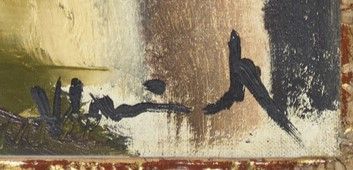
Knowing the value of a work
If you happen to own a painting by or after Maurice de Vlaminck, don't hesitate to ask for a free estimate using the form on our website.
A member of our team of experts and certified auctioneers will contact you promptly to provide you with an estimate of the market value of your work, as well as any relevant information about it.
If you're thinking of selling your work of art, our specialists will also be on hand to help you find alternatives for selling it at the best possible price, taking market trends into account.
Response in less than 24h
Related topics
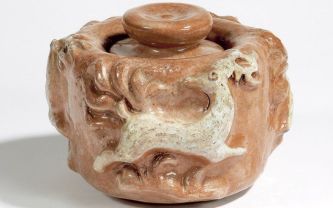
Rating and value of ceramics, sculptures and vases by Georges...
Georges Jouve is a ceramist and sculptor prized at auction, with a high, stable market value. His works sell for high prices.
Read more >

Rating and value of paintings by Paul Sign...
Paul Signac is a pointillist artist who produced works that are highly valued at auction. Estimated in 24h.
Read more >
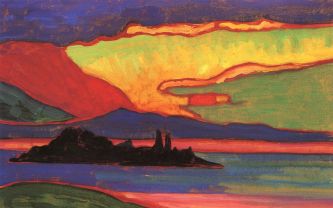
Cote et valeur des tableaux, dessins, peintures de Gabriele...
Gabriele Münter est une artiste expressionniste qui a produit de nombreuses oeuvres dont la cote et la valeur est élevée aux enchères. Estimation 24h
Read more >
Secure site, anonymity preserved
State-approved auctioneer and expert
Free, certified estimates
